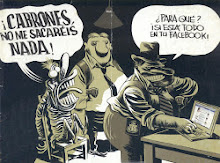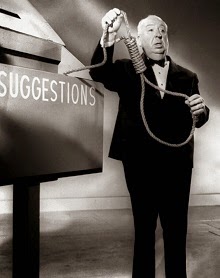David Guzman
About 30 years after Rudyard Kipling added “the law of the jungle” to The Jungle Book in 1894 and about 20 years before Isaac Asimov bestowed his “Three Laws of Robotics” onto the characters from his anthology of sci-fi episodes I, Robot in 1950, S.S. Van Dine brought his own code to the detective-fiction genre, as a checklist for any author in the business of coming up with the perfect crime over and over again. It’s clear how he lost out on attaining the memorability Kipling and Asimov did, considering he came up with 20 basics.
The author centered less on the elements of crime fiction than on denouncing approaches he believed had been holding it back: “There must be no love interest. ... There must be but one detective ... Secret societies, camorras, mafias, et al., have no place in a detective story. ... A detective novel should contain no long descriptive passages, no literary dallying with side-issues, no subtly worked-out character analyses, no ‘atmospheric’ preoccupations.”
Chances are he compiled them because he abhorred those drawing-room brainteasers in which the big discovery’s that the butler did it.
Van Dine’s essay “Twenty Rules for Writing Detective Fiction” appeared in 1928 at the apex of the genre, one the bloodshed of World War II tarnished and eventually eroded. The following year, however, a debut novel by the name of Red Harvest came courtesy of Dashiell Hammett, featuring the Continental Op – an anonymous character who emigrated from the detective magazines he built a following in.
Although the bulk of the acclaim it acquired had been on account of the “character analyses” and “atmospheric” descriptions Van Dine bore an aversion to, additional affronts to his dictum appeared in Hammett’s follow-up efforts. The Dain Curse came along a couple of months afterward, an adventure that challenged the Continental Op to figure out how a cult of addicts became affiliated with a diamond heist. After that came The Maltese Falcon, and the assignment anti-hero Sam Spade accepted to apprehend his business partner’s killer became more absorbing after a duo of detectives added him to the array of suspects. Hollywood adapted it into a cinematic classic, of course, as it did his final book The Thin Man, about betrothed detectives Nick and Nora Charles that became a box-office champion at a time when audiences flocked to movie houses for flicks focusing on lovebirds.
It’s easy to assume Hammett didn’t care much for Van Dine and his approach to detective fiction ... especially after you find out he described it using the most derogatory of G-rated four-letter words anybody can employ in literary criticism: “dull.”
In charity, Hammett could have kept in mind the advantage he’d had given the hours he put in as an investigator, a job that found him crisscrossing America following artless dodgers that kept the Pinkerton National Detective Agency in business—he even carried on as a gumshoe after coming back from World War I with tuberculosis. According to Nathan Ward, the biographer behind The Lost Detective: Becoming Dashiell Hammett, which arrived in bookstores Tuesday, the detour he created for admirers of the genre brought them into a familiar atmosphere, and, paradoxically, a fresher one.
“The academic tradition is the English-manor kind of book Hammett attempted to overthrow,” Ward told AllMediaNY. “By the early 30s, people were hungry for ‘authentic’ heroes like his, savvy and strong enough for the darkened landscape of the Depression.”
Black Mask magazine featured Hammett’s adventures in the years before Red Harvest debuted, which formed the bedrock for his style—although his contemporaries almost certainly helped him along.
“Although he was the leader of a hard-boiled movement in crime writing in the 1920s, I think the terse speech was part of an overall unpacking of the English language by American artists,” he said. “Look at [Ernest] Hemingway, or Sherwood Anderson.”
The former brought his knowledge of The Stylebook of The Kansas City Star over into his career as a novelist, one that immediately blew up with The Sun Also Rises. The Lost Detectiveassociates the blunt language from Hammett’s agency documentation with the style everybody celebrated him for, but Don Herron, the leader of enough San Francisco tours centering on Hammett over the last few decades for the biographer to consult him, has his own analysis.
“Nathan supports the usual idea that it was Hammett’s reports for the Pinkerton’s Agency that led to his stripped-down style, but I think ultimately it was a personal style choice – some writers could do brief memos for years and go full-baroque when writing fiction if he or she felt like it,” he told AllMediaNY.
Hammett’s cynicism is apparent amid adventures where hired guns and cops gone bad cause a commotion on both sides of the law. Considering that the amount of cash going around always appeared to affect the amount of danger he encountered, it’s easy to understand why.
“I think you have to say that detective work gave Hammett a front-row seat for all kinds of corruption, from employee pilfering to company-wide strikes and attendant head breaking, and everything in between,” he said.
It’s likely the darkness Hammett encountered influenced him beyond his career as an author. Ward’s far from the first to deal with a figure as famous as a fellow who authored classics folks all around the world have lost sleep burrowing into, and Joan Mellon developed her own idea about the human being behind the history as she composed her biography Hellman and Hammett: The Legendary Passion of Lillian Hellman and Dashiell Hammett.
“The corruption Hammett zeroed in on derives from the Marxist eye with which he viewed society, corporations, professional criminals and the lumpen proletariat, always available for crimes large and small,” she told AllMediaNY.
It affected the cosmology that came across in the fiction he authored, to the point that by the time he finished The Thin Man in 1934, he caved into the dark humor of it all and brought the action together as a comedy. The affair he began with Hellman, who allegedly became the basis for Nick’s better half Nora, had been easier to confront by bringing a sense of humor to it. Besides, he already derided the archetype bibliophile who deduced the identity of the culprit by knowing details as expert as the differences between arsenic and cyanide.
“The ‘bibliophile’ aspect of his gumshoes for me is a joke,” she said. “He was often sardonic and ironic toward the woman upon whom he supposedly based Nora.”
At least the enthusiasm fans hailed his work with had been authentic—even from Raymond Chandler, who began contributing to Black Mask in 1933, just before The Thin Man arrived and capped off Hammett’s career as a novelist. Despite the fact that Chandler achieved fame after bringing mystery lovers books like The Big Sleep by the time he considered the merits of detective fiction in his essay “The Simple Art of Murder” in 1944, he hadn’t become so big that he ignored an author whose influence on the form had been immeasurable. After all, he argued, “There has been so much of this sort of thing that if a character in a detective story says ‘Yeah,’ the author is automatically a Hammett imitator.”
















.jpeg)








.jpeg)








0 comentaris:
Publica un comentari a l'entrada